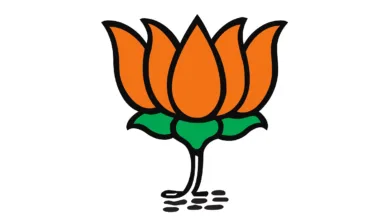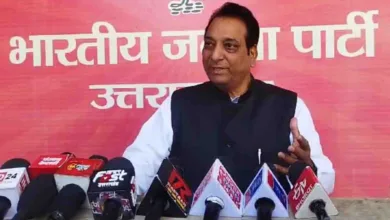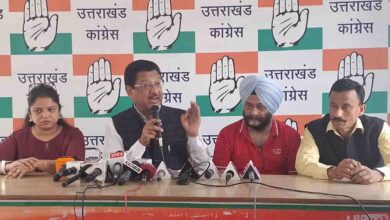Lack of organisational structure & limited interaction with public at grassroots caused AAP’s failure in U’khand

Sunday, 13 March 2022 | PNS | Dehradun
Political analysts believe that the Aam Aadmi Party (AAP) failed to bag even a single seat in the Uttarakhand Assembly elections due to inappropriate organisational structure and lack of direct contact with people at the grassroots level.The AAP became active here about two years and its national convenor and Delhi chief minister Arvind Kejriwal made seven visits to the state besides other senior leaders like deputy chief minister Manish Sisodia who also visited Uttarakhand. The party also extended its bases across the districts and adopted the strategy to target different sections in the state like women, youths, businessmen and public transport drivers among others which impressed many. However, according to political analysts, all these initiatives remained limited to social media users as the party did not put sufficient efforts to interact with the public directly, especially in remote areas. According to the senior journalist Yogesh Bhatt, “AAP, similar to Congress, lacks a strong organisational structure as in BJP. The BJP workers reached remote areas to interact with the public and made them aware of the work done by the party at the central as well as the state level. Despite the chaos within the party, BJP workers generally continued to work for the party’s welfare, unlike others. On the other hand, the AAP leaders never went beyond the social media platforms besides a few visits to certain areas. Their visions and announcements for the state were praiseworthy but they failed drastically to convey them to the public. Their chief ministerial candidate Ajay Kothiyal got only around 5,000 votes which clearly shows the success level of their campaign.The people obviously had their own sets of complaints against BJP’s works but AAP failed to tap that resentment for political benefits due to its lack of direct interaction with people at the grassroots level.” He also said that AAP using the same frame of Delhi’s model to woo the voters everywhere also backfired in a diversified state like Uttarakhand. He said, “Delhi is a cosmopolitan area whereas Uttarakhand is diversified and scattered and is different in terms of society, geography and demography. People here have their own sets of issues that cannot be compared with the people of Delhi or Punjab. Also, people here are more connected with national politics where BJP is more prominent at every level than any other party.” He also said that despite the announcement of providing Rs 1,000 to women aged above 18 years by AAP here, women here chose BJP as its government had offered free ration of up to five kilogrammes every month during the Covid-19 pandemic that supported women’s household during the crisis. This is an example of how people’s priorities are different here than in other states. Bhatt said that if AAP does not frame a different strategy for people here and continues to stick to its Delhi model to woo voters, they might meet the same fate in the upcoming civic polls if they decide to participate next year. “The civic polls demand more teamwork at an organisational level to woo the voters than the assembly polls. The AAP needs to leave leading the campaigns with the Delhi model and must frame a new strategy altogether to do well in polls here,” said Bhatt.






